Wind farm FAQ: Weather resilience on wind turbines
Wind turbines are greatly affected by the weather. Key factors include wind speed and direction, which are crucial for proper alignment and safety. Other factors like pressure, temperature, humidity and air density also play a role. Hail and heavy rain can damage blades, reducing their lifespan. Understanding cloud and boundary layer heights helps assess atmospheric stability and wake behavior. This blog looks at these factors, the challenges of measuring weather at nacelle height and how advanced sensors improve turbine resilience and efficiency.
Which weather parameters impact wind turbine operation and performance the most?
Wind speed is a crucial factor in determining the ideal operating set-point and ensuring safe operating conditions. Wind direction facilitates proper alignment with the wind.
Other atmospheric conditions, like pressure, temperature, humidity and air density, also help to measure performance. The presence of precipitation, such as hail or heavy rain, can affect the reliability and lifespan of the blades. Additionally, knowledge of cloud or boundary layer height can provide insight into atmospheric stability and its impact on wake propagation.
What are the challenges in measuring weather parameters at nacelle height?
All nacelle sensors must be highly reliable — designed and tested to perform on both onshore and offshore wind turbines through harsh environmental conditions such as:
- Rain
- High humidity
- Hail
- Corrosion
- Vibrations
- Sand
- Salt
- Extreme temperatures
- High magnetic fields
- Mechanical shock
Reliability and low maintenance are even more important factors for use in areas such as remote regions or offshore farms with limited weather windows.
What are the benefits of Ultrasonic Wind Sensor WM80?
Designed for demanding onshore and offshore conditions, the Vaisala Ultrasonic Wind Sensor WM80 delivers reliable and accurate wind data for wind turbine control.
WM80 features durable anodized marine-grade aluminum construction, 11 controlled heating elements to prevent ice buildup, and a patent-pending reflector design that enhances ultrasonic signal strength. It accurately measures wind speeds up to 90 m/s (220 mph) and offers a compact design for easy installation. WM80 improves turbine efficiency by providing precise wind data, reduce maintenance costs and ensure uninterrupted measurements.
How does lidar wind preview make turbines even more resilient?
Now a commercial reality, Lidar-assisted Control (LAC) can be implemented on both offshore and onshore wind turbines using Vaisala WindCube® Nacelle.
Aside from aligning the turbine's yaw to the true wind, the use of lidar technology allows for a better understanding of wind events and enables more precise turbine control. As a result, there is a reduction in loads on key components such as the blades, tower, and foundations, leading to extended turbine lifespan and increased reliability.
Additionally, LAC has proven to be robust in real turbulent wind conditions, making it a valuable addition to the design of new turbines. The benefits are even greater for today’s larger, modern turbines.
Why should I measure meteorological icing?
Blade icing reduces production efficiencies, causes safety hazards, and may damage the turbine. By measuring icing, you can:
- Get early warning on conditions that may lead to instrumental or blade icing
- Validate that your ice detection system is working properly
- Optimize blade heating control logic
Vaisala’s HUMICAP® Humidity and Temperature Probe HMP155 offers accurate and reliable humidity and temperature data. It works well in tough conditions such as tropical, coastal and marine environments. It handles high humidity, temperature changes, and harsh factors like chemicals, fog, mist, rain and heavy dew.
Can you explain the applications and characteristics of a visibility sensor?
Visibility sensors are helpful for wind turbines, especially for ensuring safety. Here are some key applications and characteristics:
Obstruction light control: These lights can be dimmed in good visibility to reduce visual disturbances and increase social acceptance of wind turbines.
Maintenance and repair activities with helicopters: Offshore wind turbines require regular inspections and maintenance. Poor visibility caused by fog, heavy rain, snow or freezing conditions increases the risk of accidents during these activities.
We have two types of visibility sensors that are suitable for wind farm applications.
The Vaisala Present Weather Detector PWD20W controls visibility and light obstruction on wind turbines. Its meteorological Optical Range (MOR) is 0-20 km and detects precipitation using forward scatter and Vaisala RAINCAP® sensors. It provides data on precipitation intensity and accumulation, crucial for operations. The sensor is weather-resistant, and low maintenance, and the compact design makes installation and integration easy.
The Vaisala Forward Scatter Sensor FD70 is widely used in airport, helideck and meteorology applications for its exceptional capabilities in measuring visibility, freezing conditions and precipitation. With a MOR of 0-100 km, it features the widest range of present weather reporting on drizzle, rain, snow, snow grains, ice crystals, ice pellets, freezing drizzle, freezing rain, snow pellets, hail, fog, freezing fog, mist, haze and dust. FD70 also records precipitation accumulation, intensity, and droplet size distribution.
Elevate your wind farm's performance
In the rapidly evolving world of wind energy, the ability to accurately measure and respond to weather conditions is not just an operational necessity—it's a competitive advantage. Advanced sensors and technologies like the Ultrasonic Wind Sensor WM80 and Lidar-assisted Control are revolutionizing turbine efficiency and resilience.
As we push the boundaries of renewable energy, the question isn't whether we can harness the wind, but how effectively we can adapt to its ever-changing nature.
Are you ready to elevate your wind farm's performance to new heights? Explore our full suite of instruments and intelligence for wind energy.
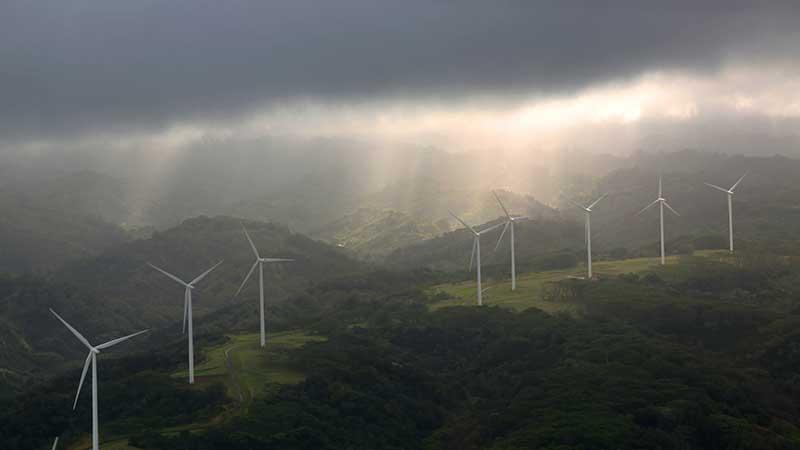

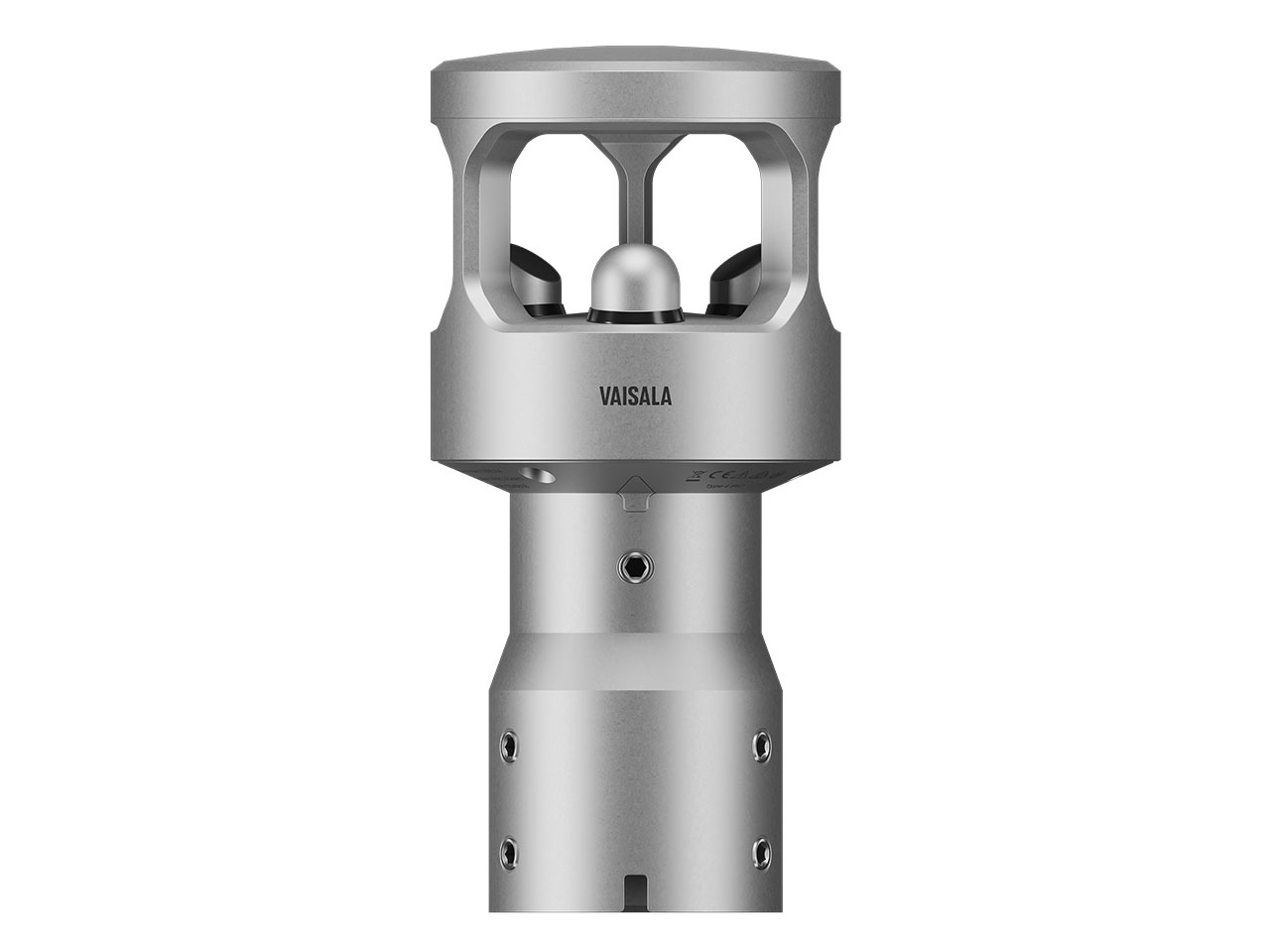
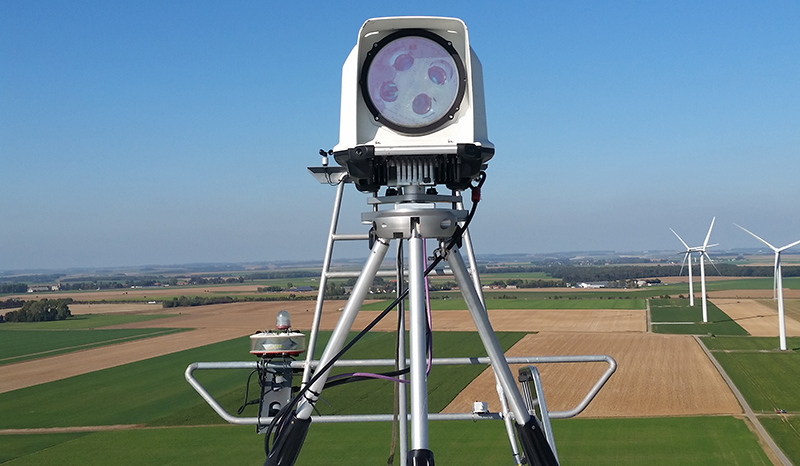


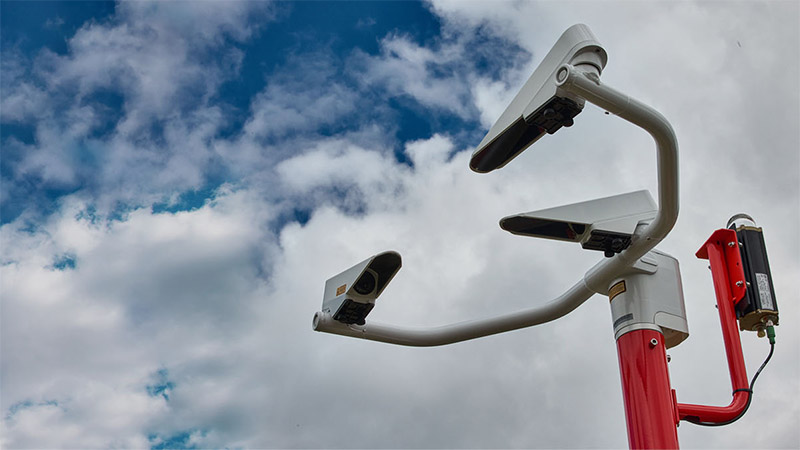
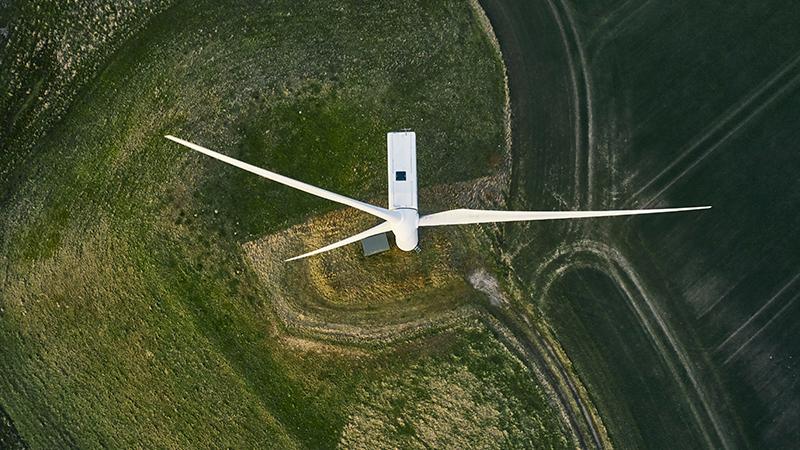
Add new comment